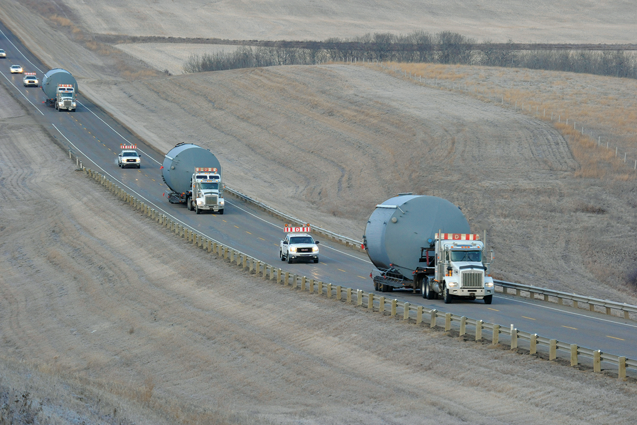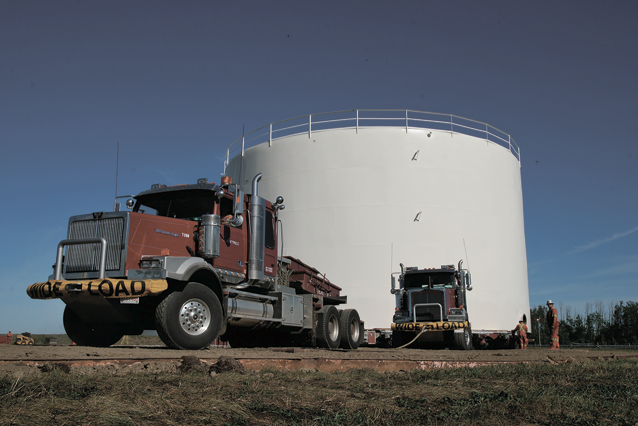By Andrew Topf
The downturn in oil prices that began a year ago has taken its toll on Canadian oil producers, particularly those that operate in the oilsands. But there are still opportunities for suppliers, according to a recent report.
With the price of crude oil continuing to trade around US$60 a barrel, oilsands operators are shelving new projects, cutting staff and seeking every opportunity to rein in costs.
Conventional wisdom holds that as producers slash costs and defer projects, the rot sets in for oilfield service providers – everything from drilling contractors to environmental consultants to suppliers of hoses and pumps.
But according to the report from CanOils, the research division of JuneWarren-Nickle’s Energy Group (JWN), producers are continuing to invest in existing facilities or those under construction. In fact, while new projects may be delayed, oilsands facilities that started construction before the downturn will add 765,000 barrels of oil per day by the end of 2017, the report, titled “Hunting for opportunities: Following the producer spend in a bear oilsands market,” says.
That is expected to lead to increased spending on maintenance, repairs and operations, which is predicted to grow by 14 per cent annually, approaching $24.7 billion in 2017, up from $14.6 billion in 2013.
Companies will also be spending to improve efficiencies. According to the report, investment in such improvements will grow from $9.5 billion in 2014 to $14 billion in 2017.
“The overwhelming trend is that the spend category will increase to the benefit of suppliers,” said Bemal Mehta, senior vice-president, market intelligence, with JWN.
Specifically, the report notes that “in-situ” oilsands production will present more opportunities for suppliers than traditional oilsands “mining," where sand mixed with bitumen is dug from pits using huge excavators and trucks. In-situ oilsands production “melts” the bitumen with steam, allowing it to flow from underground wells to the surface. In-situ has been the favoured extraction method for the past decade.

Despite the expected 765,000 barrels of new production, in the current price environment, the industry will still contract, Mehta said. However, producers will see low prices as an imperative to improve their operations, and suppliers that can help them to do that will see their goods or services in high demand.
Producers will also be looking for suppliers to cut prices of the services they supply. Mehta said producers are currently asking suppliers to trim expenses by 20 to 30 per cent.
Ways for suppliers to do that, according to the report, include looking at their own supply chains to identify cost savings; optimizing labour, such as using local labour instead of fly-in, fly-out employees; and investing in technology, particularly IT and communications.
“The purpose behind the analysis is to help the industry understand where there continue to be opportunities, so suppliers who are nimble, suppliers who have a better handle for the marketplace, who can adapt, can win a greater share of that growth category even though the total number of dollars available to the industry is decreasing,” said Mehta.
The full report can be purchased by visiting CanOils.com.





